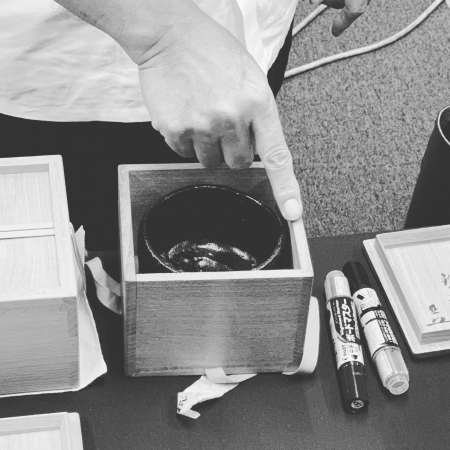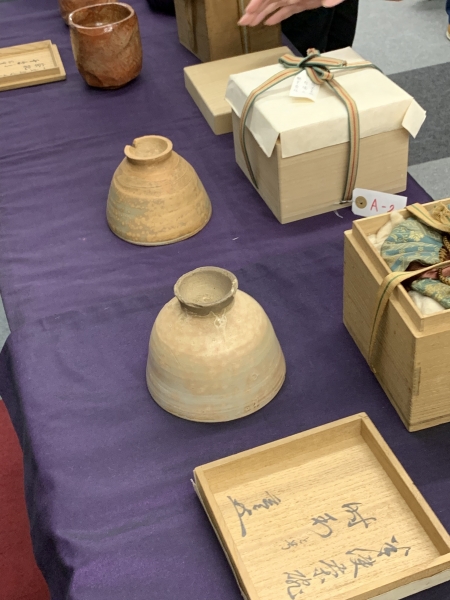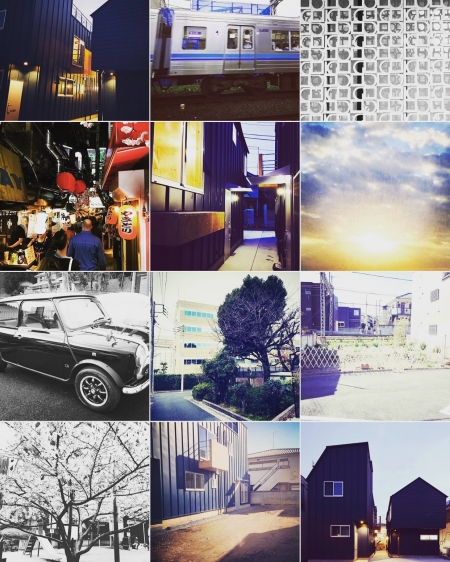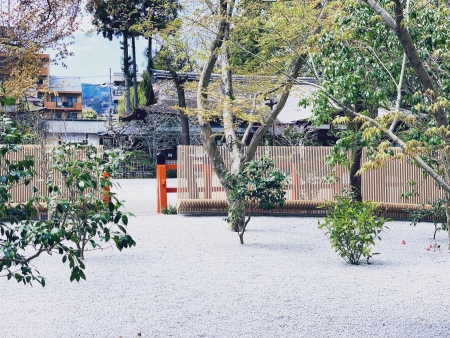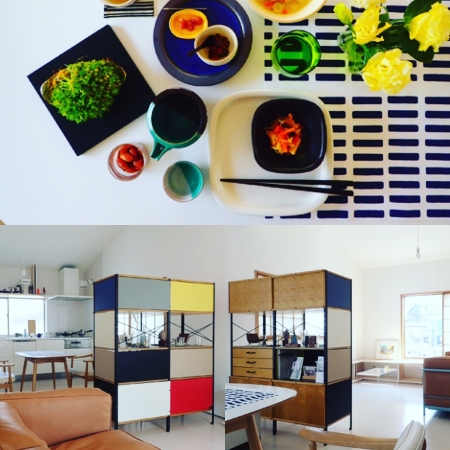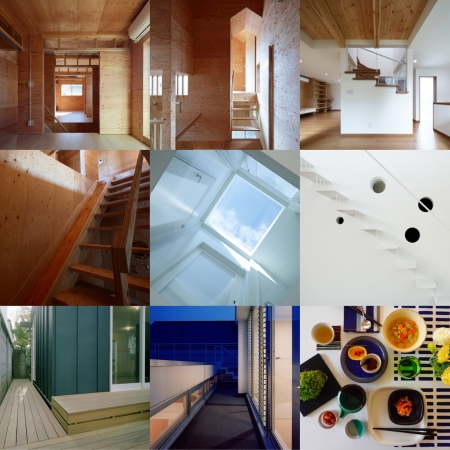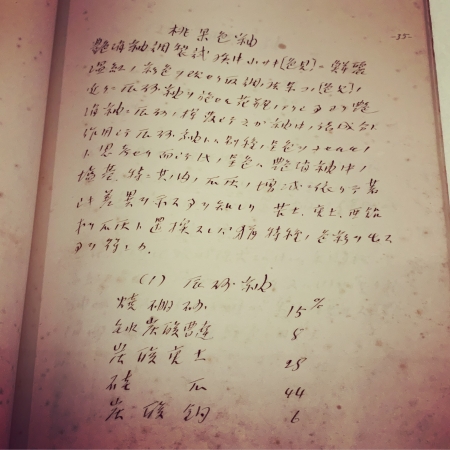箱
箱の話、と言っても建築では無くて古美術。レクチャーで教わったのだが、陶器の茶碗を入れる箱を作る場合、茶碗は箱に裸で入れ、箱と茶碗との隙間が四方2mm位、上方1.5cm位の空きができる大きさが、茶碗に対する箱の大きさとしては丁度良いとのこと。だから、茶碗に対する箱の大きさを見れば、箱がその茶碗専用のものかどうかが分かる。
箱の材質も貰い物か、そうでないかで違うらしく、貰い物は樅(もみ)で、貰い物では無いということは、その茶碗専用に制作された箱の場合は桐とのこと。樅の方が安く、少し価値が下がるので、中身の茶碗も貰い物には価値があるものは無いだろうと推測するのか、例えば、旧家の持ち物の処分依頼を受けて鑑定する時は、まず箱の材質だけを見て、貰い物か、そうでないかで選り分けをするとのこと。
箱の蓋にもいろいろと種類があり、真ん中が盛り上がっている蓋は、箱のつくりとしても良いらしく高価。ただ、箱を制作するのは茶碗の制作者が行うらしいのだが、箱の丁度良い大きさがわかっていない人も中にはいて、箱の材質を桐、蓋も真ん中を盛り上げなどと、箱のつくりを良くするのだが、茶碗に対する箱の大きさが合っていない、大き過ぎたりして、布などに包んで茶碗を納めたりすることもあるらしく、それで鑑定評価が下がる場合も。
と、ここまで箱だけでもいろいろと話があり、まだ箱についてあるのだが、古美術の世界もまた、様々な見方があり面白い。
"box"
The story of the box, not architecture but old art. Although I was taught in the lecture, when making a box for putting a pottery in a bowl, the bowl is put in a box, the gap between the box and the bowl is about 2 mm in all directions, and the size of 1.5 cm above is enough for the bowl. The size of the box is just right. So if you look at the size of the box for the bowl, you can see if the box is dedicated to that bowl.
The material of the box is different depending on whether it is ugly or not, and the ugly thing is a rice husk (momi), and that it is not an ugly thing means that it is a rice husk in the case of a box specially produced for the tea bowl. Since it is cheaper and the price is lower a little, it is assumed that there will be nothing worthwhile in the bowl of the contents inside, so for example, when you ask for disposal request of the property of the old house, first identify the box Seeing only the material, it will be classified according to whether it is ugly or not.
There are various types of lids for the box, and the lid in the middle rises, so it may be good as a box and expensive. However, it seems that the maker of the bowl makes the box, but there are people who do not know the size of the box just right, the box material is covered, the lid is raised in the middle, etc. Although the size of the box for the teacup is not suitable, the size of the box for the teacup is not fit, it is too large, it may be wrapped in cloth etc. and the teacup may be put, so even if the appraisal rating falls.
And so far, there are many talks in the box alone, and there is still about the box, but the world of old art also has various views and is interesting.

